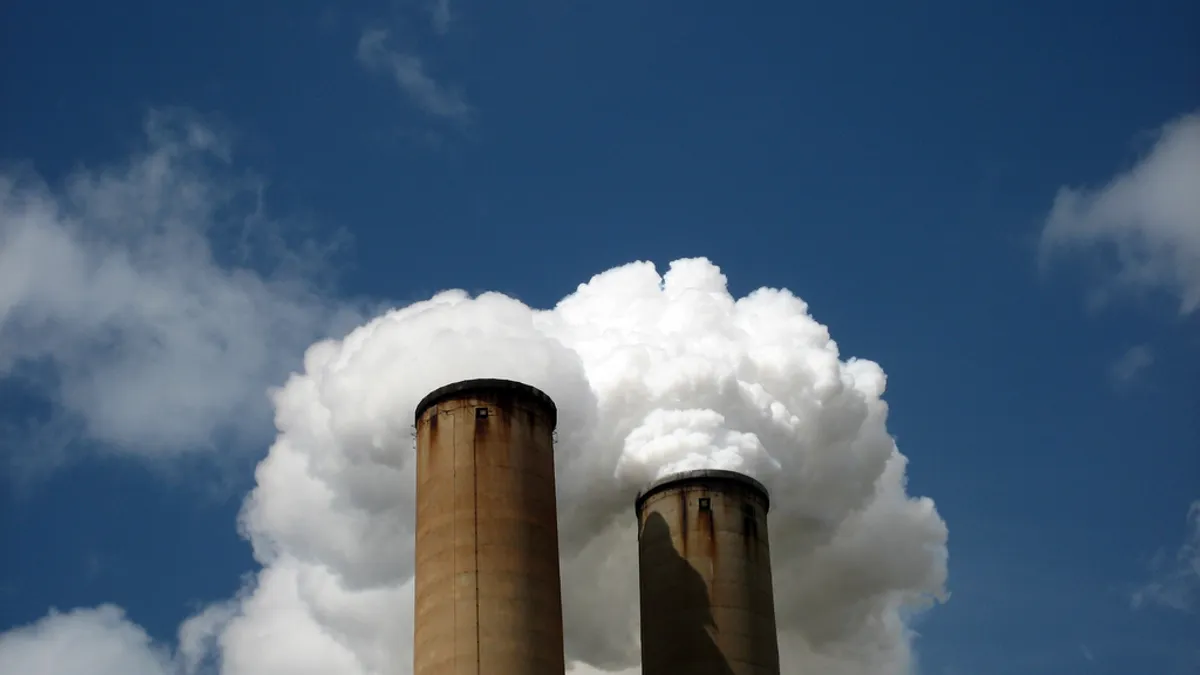Dive Brief:
- Georgia Power should shutter its coal-fired Hammond facility, according to a study published today by the Institute for Energy Economics and Financial Analysis, largely based on economics and environmental benefits.
- The aging plant in the northwest portion of the state uses old technology and produces expensive power, the group concluded, and has become a drain on ratepayer pocketbooks.
- The amount of power produced by the facility has declined as gas prices fell, IEEFA said, and with gas prices expected to remain low the facility is unlikely to ramp back up its generation.
Dive Insight:
There are four units at the 840 MW Hammond plant, and the oldest one is over 60 years old. Time has passed it by, according to a new report issued today calling for the plant's closure.
“Plant Hammond has grown increasingly expensive for ratepayers in recent years,” said David Schlissel, director of resource planning analysis at IEEFA. “The higher costs are caused both by a decrease in generation at the plant and by significantly higher variable costs (fuel and non-fuel operations and maintenance)."
According to IEEFA, the plant is similar to other facilities Georgia Power has already announced it would retire, and produces power that is more expensive than wind and solar resources the utility can access.
“While Georgia Power has suggested this plant could be retired as a result of the Clean Power Plan, the reality is that the economics alone are enough to warrant plant closure. Reduced carbon emissions and other pollution will be a welcome additional benefit,”said Amelia Shenstone, campaigns director for the Southern Alliance for Clean Energy (SACE).
SACE, which commissioned the report, said that coal plants in the Southeast are increasingly expensive and being phased out to protect ratepayers and the environment. "By buying power from renewable sources rather than continuing to generate it at aging fossil-fired plants like Plant Hammond, Georgia Power will produce significant benefits for its customers and for the environment," the report concludes.
While baseload plants typically operate at greater than 50% capacity each year, the Hammond facility's generation has declined substantially since 2012 and now only averages a 16% factor, according to the report.
"The major cause of this decline in generation has been market competition from natural gas," the report said. "Gas prices collapsed in 2008 and have remained low ever since ... As a result, electricity that likely would have been generated by Plant Hammond has been displaced by electricity produced at lower-cost natural gas-fired plants."















